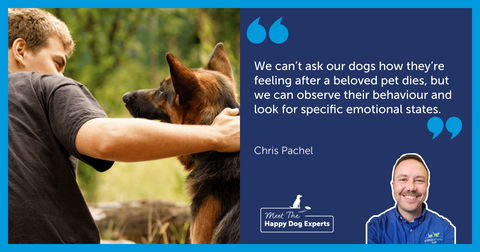
Staying Safe in Summer! How to Take Care of Your Dog in the Heat
Most of our canine pals wear coats all year round including in the summer so we have to make sure we take care of them and keep them safe from overheating.
Some dogs are more prone to heatstroke than others. If you have an older dog, if they have a short muzzle, if your dog is overweight or they have a thick coat, you need to take special care to protect them from heat. Also, if they have heart or lung problems, hot conditions can make them short of breath more easily and make their condition worse.
Panting is a dog's main way to keep cool during hot weather, but we can also take some steps to help them not overheat, with a little preparation.
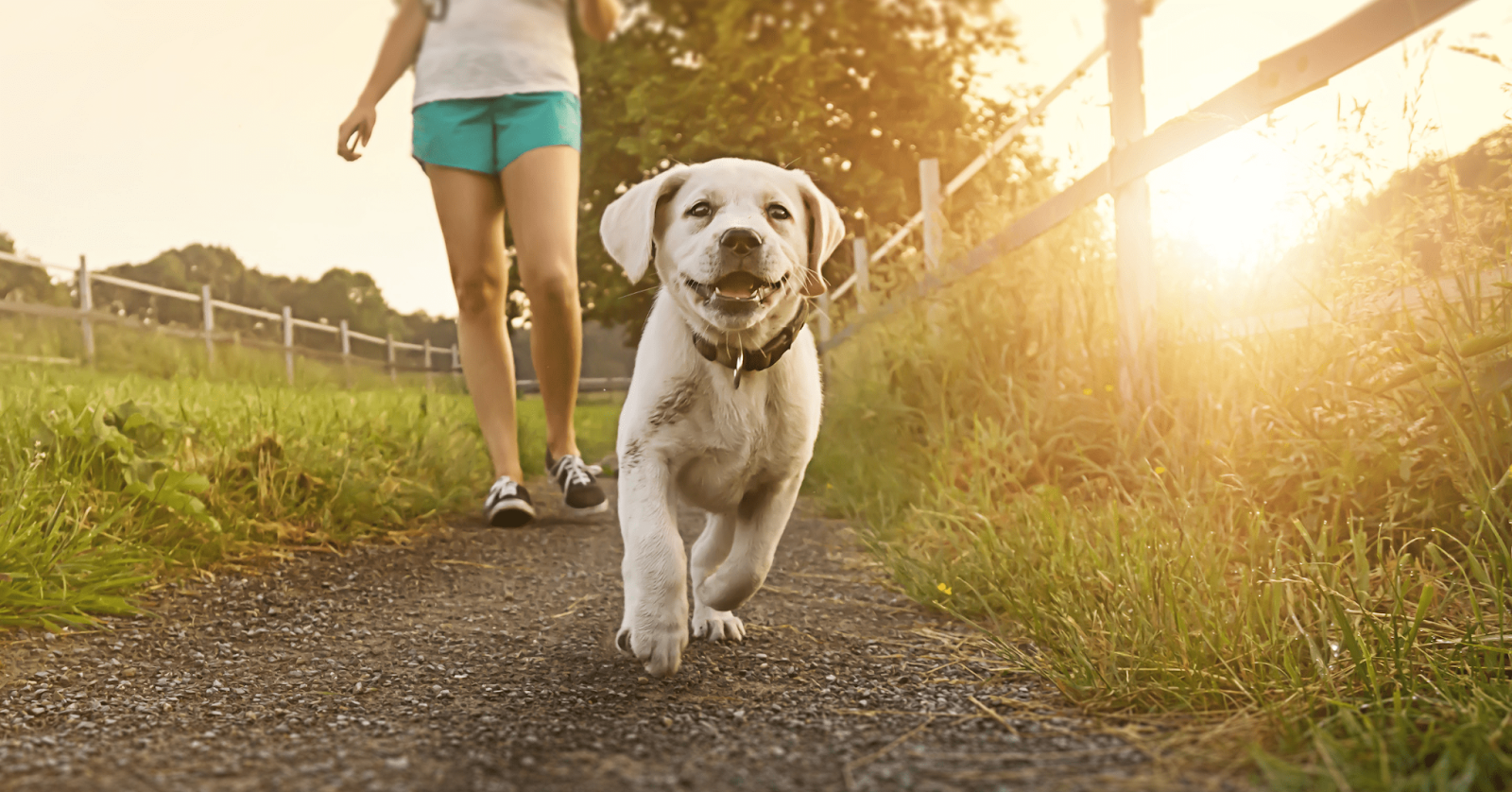
How to take care of your dog in the heat
Adjust the time you go for walks
Avoid walking your dog in the heat of the day; instead, choose early morning, when the ground is cooler and the temperature is lower.
Pavements and roads can get very hot in the sun, which can burn your dog's feet. A good way to check if the pavement or road is too hot, is to lay the back of your hand on the surface and if you struggle to hold it there for more than 5 seconds, then it's too hot for your dog's paws.
You can also walk your dog in the evening, but be aware that the road/pavement may have retained the heat and could still be dangerous for your dog.
Keep your dog hydrated
Make sure your dog has access to plenty of fresh clean water; leave a bowl of water in the areas where they spend most of their time, and remember to take water with you when you go out for a walk along with a container for them to drink from.
As a general rule, the amount of water a dog needs to drink in a day is equal to 40-60ml of water for every kg of body weight, although depends on whether the dog is fed a wet or dry food diet.
|
A dog weighing. |
Will need approx. of water/day |
|
10 kg |
1 litre of water/day |
|
15 kg |
1.5 litres water/day |
|
25 kg |
2.5 litres water/day |
You can also encourage your dog to take more water by adding their favourite flavour to their drinking water, or making them some pet ice lollies. The following ideas may help:
- Blend some dog safe fruit or vegetables apples, bananas and blueberries together and pop them into ice trays or ice lolly moulds. Your dog will love chomping them and they will help to keep them cool.
- IMPORTANT: always check that the ingredients you use are pet safe. Some fruits like grapes or cherries, or vegetables like avocado, and onions can be toxic for dogs.
- Put some wet dog food with some gravy or stock into an ice cube tray and allow it to freeze. This will help you to stick to your dog's normal diet at the same time as keeping your pooch cool!
- Coat some dog treats in low fat yoghurt and freeze a yummy treat that will also be cooling!
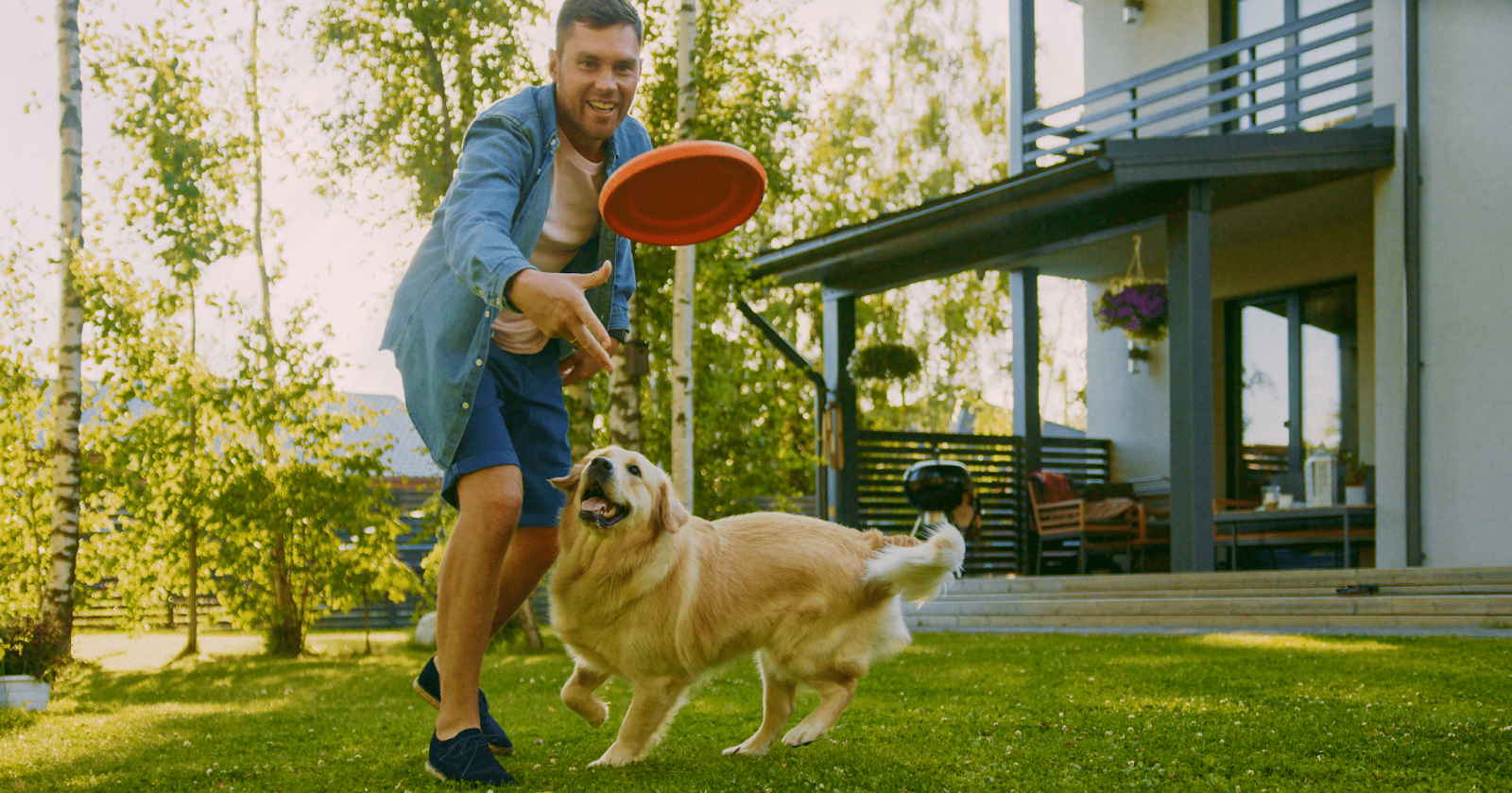
Be aware of humidity
Dogs find it difficult to control their temperatures in humid conditions; they normally control their temperature by panting and using their tongue, which requires the moisture to evaporate and as it's difficult for moisture to evaporate when it's humid, dogs are unable to cool themselves this way.
Keep the air circulating indoors
Keep curtains or blinds closed on the side of the house where the sun is shining through the windows, and open windows/doors on the shady side. Take care to ensure your pooch cannot escape through a door to an unsafe area/road.
Use fans to keep the air circulating or, better still, air conditioning to keep rooms cool.
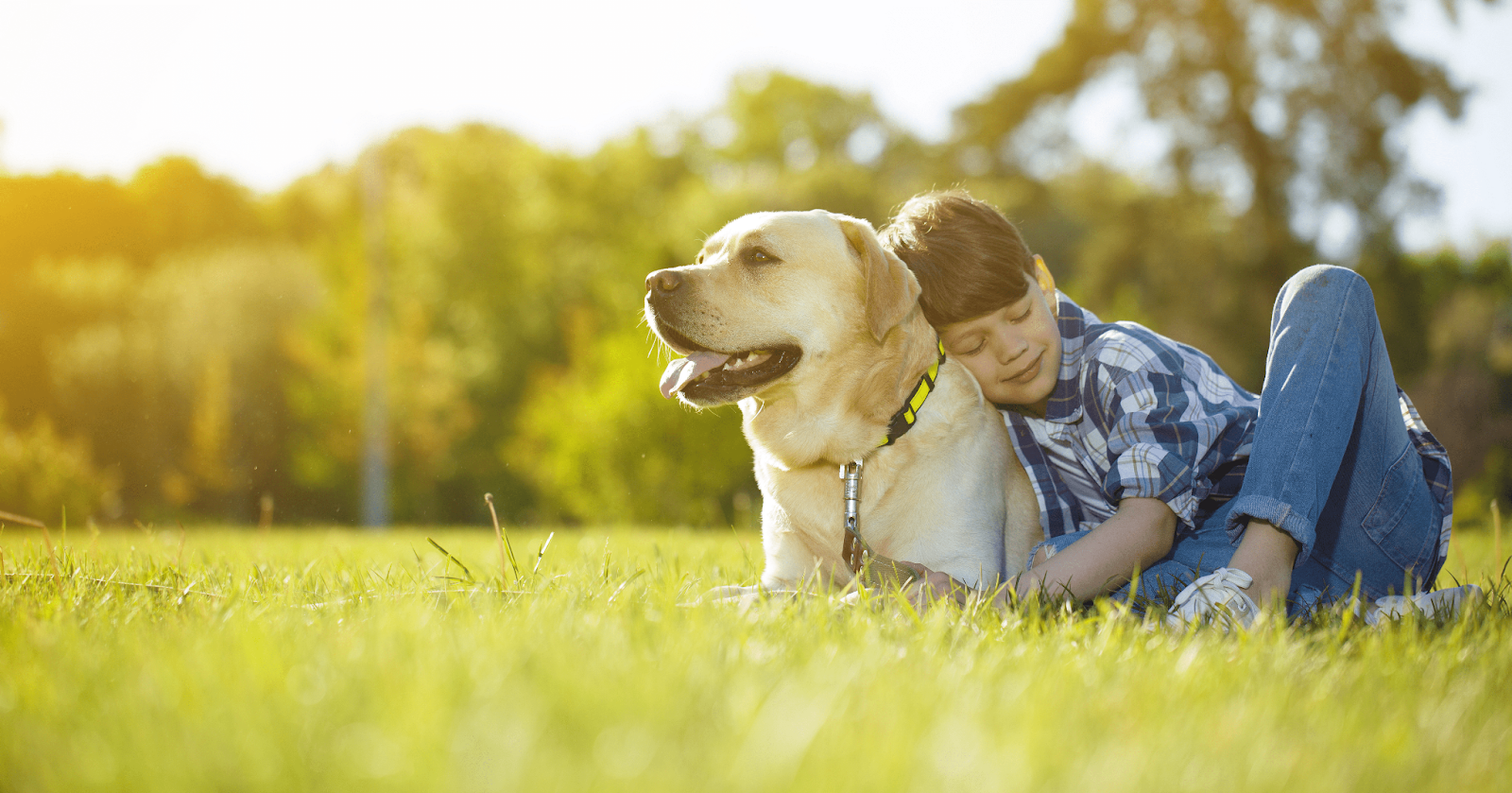
Avoid exertion
By all means allow your dog to explore the woods in the shade, but avoid playing energetic games like 'fetch' while you are out, and try and deter them from playing and chasing other dogs although this is great fun for them, they could over exert themselves.
You can keep them mentally stimulated by playing scent games at home or in the garden in the evening when it is cooler. Setting up a scent trail, or playing 'find the treat' will keep them occupied until it is cool enough to get back to normal physical activities.
Getting wet
Encourage your dog to walk under a garden sprinkler or paddle in a shallow paddling pool in the shade to get cool. There are also commercial cool mats you can purchase for your dog to lie on, or you can simply wet a towel with cold water as an alternative but remember to refresh it regularly as it will also warm up in the heat.
Remember - if your dog is wearing an ADAPTILCalm On-The-Go Collar to help them stay calm outside, remember to remove it before they get wet or go for a swim. Be sure to put it back on once they are dry!
Use sun protection for short hair dogs
It's not only humans that need to protect their skin from the sun. Dogs can also get sunburnt those that have short or white hair, or areas that have little or no hair cover, should be protected by dog specific sun cream. Speak to your vet if you are unsure if your dog needs sun cream, but also keep a close eye to ensure they don't try to lick it off.
Regularly groom long hair dogs
Regular brushing will remove loose hairs or matting of the coat which can trap heat. Never shave your dog yourself, unless you are a trained groomer. If your dog has a thick coat, make sure you get it professionally trimmed for the summer, to help them stay cool.
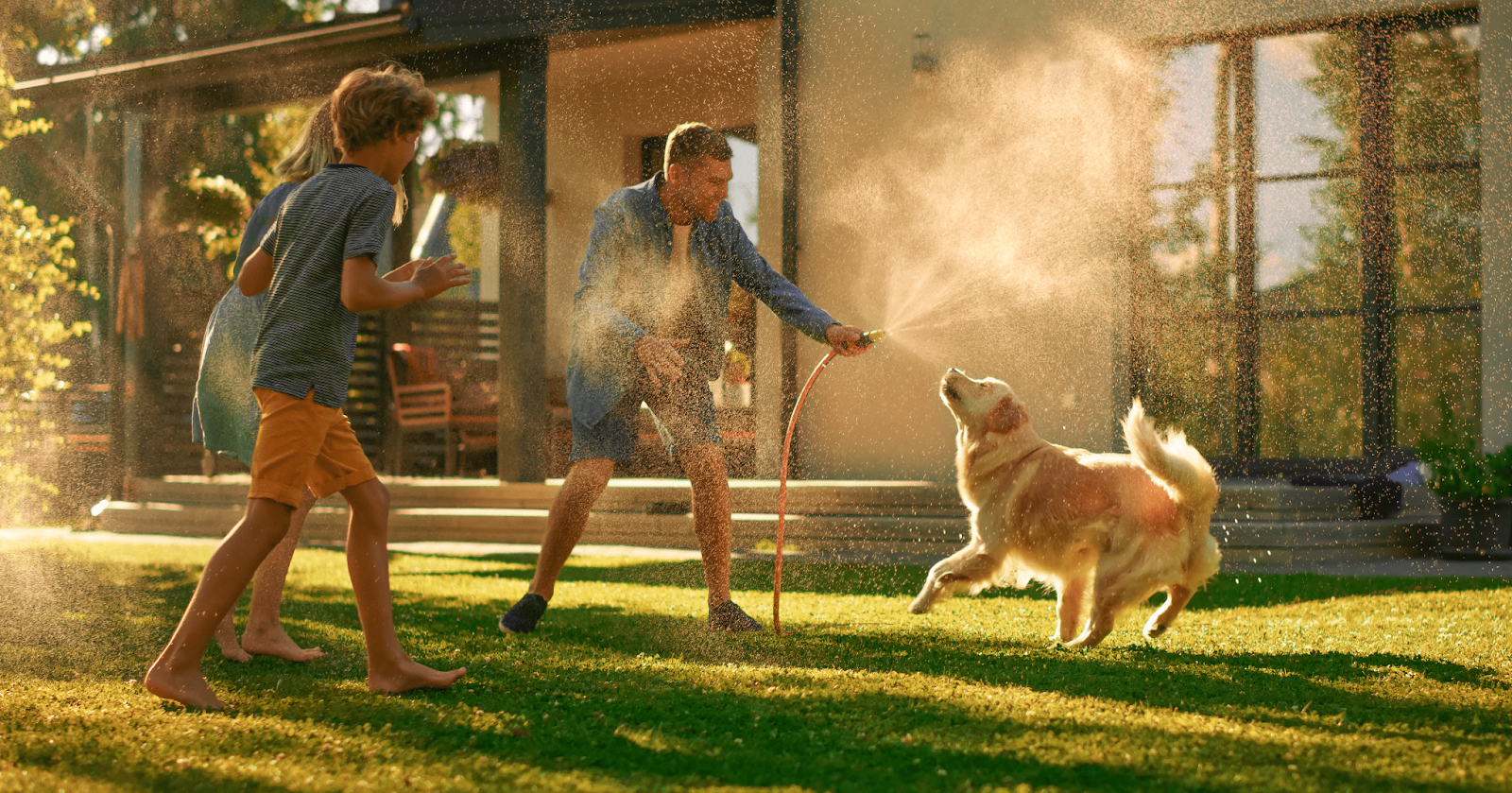
Avoid closed in/restricted areas
NEVER leave your dog alone in a car, even with windows open, or in a kennel where there is little air circulation. Even though these may be in the shade to start with, the sun can quickly move around and make these dangerous places for a dog to be trapped.
Recognise heatstroke symptoms
If your dog is showing signs of heavy panting or drooling, if they have red gums, a rapid pulse or glazed eyes, or if they are vomiting or have diarrhoea, this could be a sign of heatstroke.
What to do if you suspect heatstroke:
- Contact your vet immediately
- Move your dog to a cool area if possible; one that has a passage of cool air would be good
- Give them small amounts of water to drink
- Pour room temperature water over their coat but this must NOT be ice or freezing water as this can cause shock
Remember that dogs do like tolie in a sunny spot as it makes them feel happy and relaxed much like humans but if you spot them asleep in the full sun for a long period of time, it's best to wake them up gently and encourage them to move to a shadier spot.
Are you interested in learning more about dog behaviour or looking for tips on how best to care for your dog? Get in touch! We love helping in any way we can. You can also stay informed with our latest tips, guides, and product information by signing up to our newsletter.







































